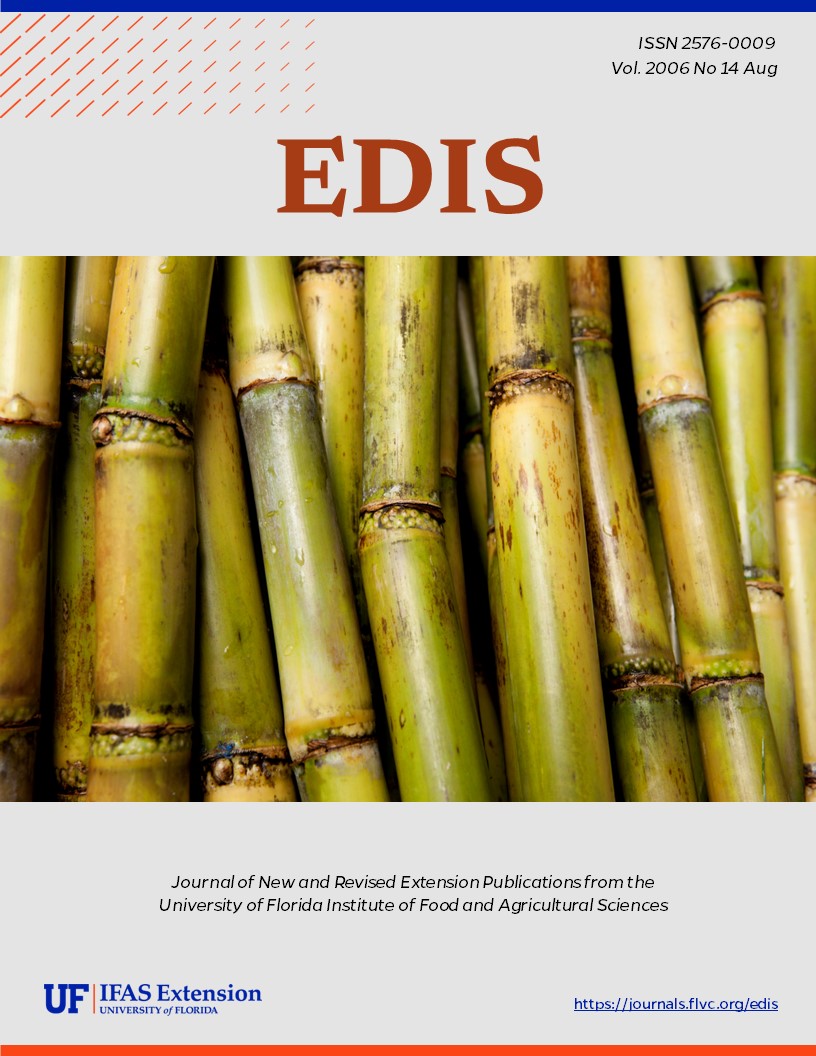Resumen
SS-AGR-126, a 4-page fact sheet by T. W. Katsvairo, D. L. Wright, J. J. Marois, D. Hartzog, P. J. Wiatrak and J. R. Rich, recommends a four year sod-based rotation system in place of the traditional two year peanut/cotton rotation. Includes a conceptual model of benefits accruing from integrated livestock peanut/cotton farming systems and their interactions. Published by the UF Department of Agronomy, July 2006.
Citas
Crookston, R.K. 1995. The rotation effect in corn: A summary of fifteen years of field research in Minnesota. Minnesota Agric. Exp. Stn. no. 22-180. Univ. of Minnesota, St. Paul, MN.
Field, T.G. and R.E. Taylor. 2002. Beef production management decisions. Pearson Education. Prentice Hall, Upper Saddle River, NJ. 07458.
National Crop Residue Management Survey. 2002. Conservation of Agriculture's future. [Online]. Available at http://www2.ctic.purdue.edu/Core4/CT/ctsurvey/2002/RegionalSynopses.html. Conservation Technology Center, Lafayette, IN.
Tanaka, D.L., J.M. Krupinsky, M.A. Liebig, S.D. Merrill, R.E. Ries, J.R. Hendrickson, H.A. Johnson, and J.D. Hanson. 2002. Dynamic cropping systems :An adaptable approach to crop production in the Great Plains. Agron. J. 94:957-961. https://doi.org/10.2134/agronj2002.0957
USDA. 2004. Historical track records. [Online]. Available at http://www.usda.gov/nass/pubs/trackrec/croptr04.pdf. National Agricultural Statistics Service, Washington, D.C.

